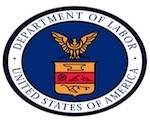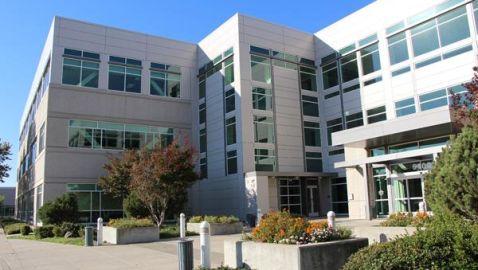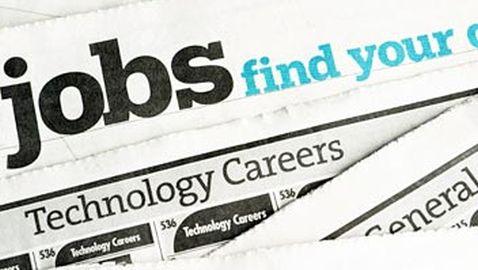Cost of Employment Rises Slowly
Post Views 6Recent data released by the Labor Department shows some growth for the economy as well as signs that the recovery from the recession will continue at least for the next couple of months. It has been indicated that pressure from wages will not cause inflation as evidenced by a rise in employment expenses in the first quarter. Data was released on Friday by the Labor Department that says employment cost index increased by 0.4 percent, which was less than predicted, and it followed a revised 0.5 percent gain the fourth quarter of 2011. The employment cost index measures expenses companies spend for wages, benefits and taxes paid by employers.
“Wage increases have been very benign,” said Harm Bandholz, chief U.S. economist at UniCredit Group in New York. “The reason is, of course, the under-utilization of resources. The unemployment rate has come down sizably, but employees still do not have much bargaining power to ask for higher wages.”
Close to 50 economists had projections ranging from 0.3 percent to 0.7 percent, all of them being predicted increases. Wages and salaries rose 0.5 percent in the first quarter of 2012. Wages and salaries take up 70 percent of total employment costs. Compared to the first quarter of 2011, wages went up by 1.7 percent. Employee wages increased by 0.4 percent for state and local governments, which came after a 0.3 percent increase in the fourth quarter of 2011.
In the first quarter of 2011, benefit costs for workers in all fields increased by 0.5 percent. Benefit costs include severance pay, paid vacations, bonuses and health insurance. The expenses increased by 2.7 percent compared to the same timeframe in 2011. In the fourth quarter of 2011, there was a 0.5 percent gain in total compensation costs compared to the first quarter increase of 0.4 percent in 2012.
“On the expense side, we have a bunch of things that are our friend,” Bob Dennis, chairman and chief executive officer of retailer Genesco Inc., said. “Most obviously is labor. In an 8 percent to 9 percent unemployment environment, there is not a lot of upward pressure on wages.”
Federal policymakers pledged to have federal funds target rate close to zero after two years of economic growth not yet dropping the unemployment rate under eight percent.
“Economic conditions — including low rates of resource utilization and a subdued outlook for inflation over the medium run — are likely to warrant exceptionally low levels for the federal funds rate at least through late 2014,” the central bankers said.
In March, the consumer-price index increased by 0.3 percent. In the month of February, it rose by 0.4 percent, according to the Labor Department.
Cost of Employment Rises Slowly by Harrison Barnes



 Advice About Setting Up Your Own Business
Advice About Setting Up Your Own Business  What is the Information Marketing Business?
What is the Information Marketing Business?  Do We Really Need A Home Based Business?
Do We Really Need A Home Based Business?  Working From Home Works!!
Working From Home Works!!